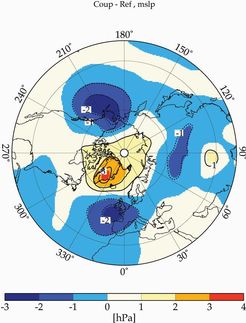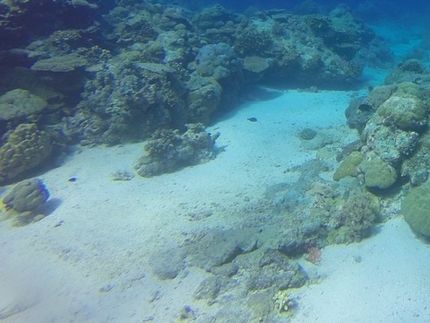New type of memory effect in Transition Metal Oxides
Advertisement
transition metal oxides (TMO) are extensively studied, technologically important materials, due to their complex electronic interactions, resulting in a large variety of collective phenomena. Memory effects in TMO's have garnered a huge amount of interest, being both of fundamental scientific interest and technological significance.
Dr. Amos Sharoni of Bar-Ilan University's Department of Physics, and Institute of Nanotechnology and Advanced Materials (BINA), has now uncovered a new kind of memory effect, unrelated to memory effects previously reported.
Dr. Sharoni, together with his student Naor Vardi, and supported by theoretical modelling by Yonatan Dubi of Ben-Gurion University in the Negev, utilized a simple experimental design to study changes in the properties of two TMOs, VO2 and NdNiO3, which undergo a metal-insulator phase-transition. Their results not only demonstrate a new phenomenon but, importantly, also provide an explanation of its origin.
Ramp reversal memory
Metal-insulator transitions are transitions from a metal (material with good electrical conductivity of electric charges) to an insulator (material where conductivity of charges is quickly suppressed). These transitions can be achieved by a small variation of external parameters such as pressure or temperature.
In Sharoni's experiment, when heated the studied TMOs transit from one state to another, and their properties undergo a change, beginning in a small area where "islands" develop and then grow, and vice-versa during cooling, similar to the coexistence of ice and water during melting. Sharoni cooled his samples while transition was in process, and then examined what happened when they were reheated. He found that when the reheated metal-oxide reached the temperature point at which re-cooling had occurred, that is, in the phase coexistence state - an increase in resistance was measured. And this increase in resistance was observed at each different point at which cooling was initiated. This previously unknown and surprising phenomenon demonstrates the creation of a "memory".
Sharoni explains: "When the temperature ramp is reversed, and the sample is cooled rather than heated, the direction change creates a "scar" wherever there is a phase-boundary between the conducting and insulating islands. The ramp reversal sequence "encrypts" in the TMO a "memory" of the reversal temperature, which is manifested as increased resistance". Moreover, it is possible to create and store more than one "memory" in the same physical space.
Sharoni likens the creation of a "scar" to the motion of waves on the seashore. A wave rushes up the beach and as it recedes it leaves a small sandy mound at the furthest point that it reached. When the wave returns it slows and brakes as it reaches the mound obstacle in its path. However, if a strong wave follows, it rushes over the mound and destroys it. Similarly, Sharoni found that further heating the TMO enables it to complete transition and to cross the scarred boundaries, "healing" the scars and immediately erasing the memory. In contrast cooling does not erase them.
Technology and Security
The results of Sharoni's work will have important impact on additional research, both experimental and theoretical, and the simplicity of the experimental design will enable other groups studying relevant systems to perform similar measurements with ease.
The multi-state nature of the memory effect, whereby more than one piece of information can coexist in the same space, could be harnessed for memory technology. And while deleted computer data is not secure and can be recovered, at least partially, by talented hackers, the "erase-upon-reading" property of this system could make an invaluable contribution to security technologies.

































































